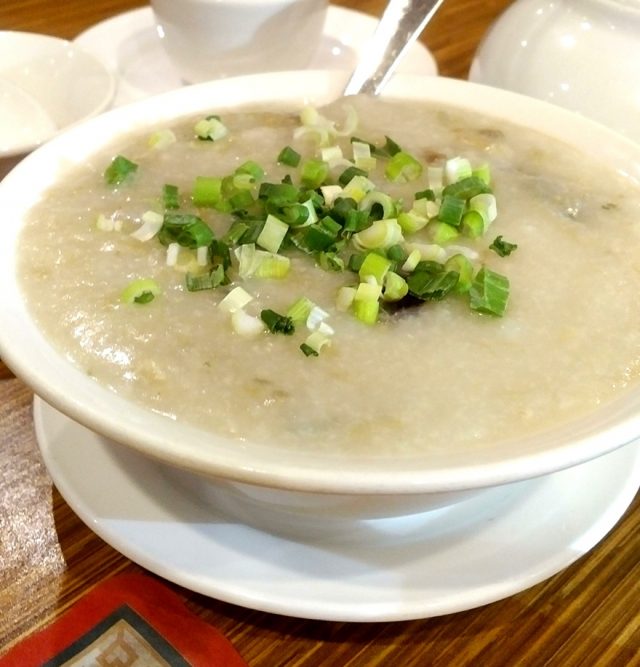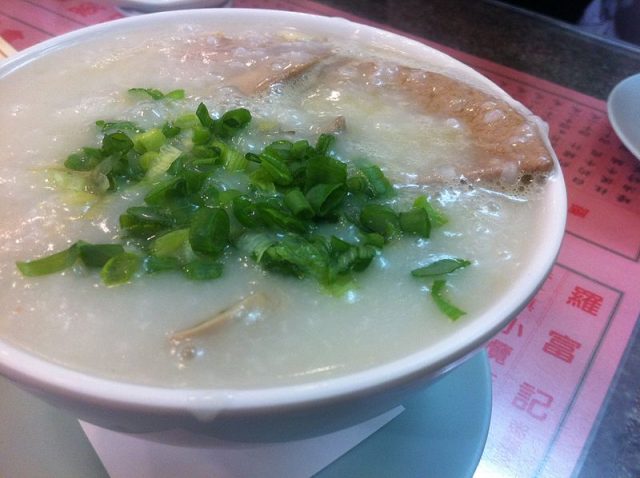Warm up to congee

I enjoy a bowl of congee in cooler weather, and I enjoy as much exploring the different textures and mild flavours of this less familiar rice dish popular in many regions of Asia.
The steaming hot bowl, a comfort food if there ever was one, might be studded with chicken, beef, a few vegetables, grouper and the unusual preserved egg.
Congee is in many ways the equivalent of a chicken noodle soup that, aside from being delicious, can soothe a cold or upset stomach.
And when you eat congee, you’re consuming a huge bite of history: the word comes from the Tamil language, the dish having a thread of its origin in Sri Lanka and India. There are recorded accounts of early versions of the dish having been prepared in China a thousand years before the Christian era.

Variations of the dish are made in Korea, Cambodia, Indonesia, Vietnam and many other countries. Interestingly, through their history as early explorers, Portugal has a version called canja, which likely came to the country through its colonies in India.
Some refer to it as rice porridge, and that’s fair enough; others might call it a watery gruel, which does have some culinary accuracy.
Congee, though, is a blank slate: a relatively bland concoction, it absorbs the flavours of what is added to it. Often made with the unlikely proportion of one part rice to ten parts water, congee was a way to stretch out food when the larder was getting bare—and larder leftovers contributed to the taste and nutrition.
First and foremost, however, congee must remain a rice dish and not a meat or fish or vegetable stew to which rice has been added, though it can have a variety of toppings and added ingredients. Often a breakfast food, congee may also be eaten with dim sum offerings.
That preserved egg is traditional, giving the congee a heady, almost mushroom-like flavour. Cured for weeks or longer, the egg is deep grey or very dark brown. Also known as a “century egg,” it’s made by curing an egg in an alkaline solution. The yolk becomes jelly-like, making it less familiar to the North American palate.
So, unlike pho, banh mi sandwiches, pad Thai and a host of other dishes, congee just hasn’t caught on with North American eaters, but it has with me. I encourage you to try it.

